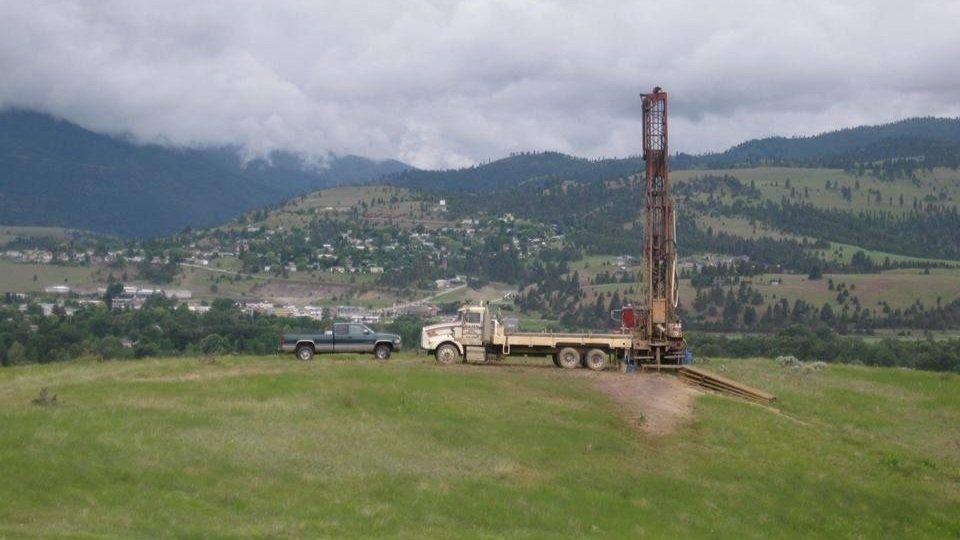
Frequently Asked Questions
Many people have questions about their wells and pump systems. Here are answers to a few of the most common.
What do I do if I’m out of water?
Check for power
Breakers - turn the breaker off then back on.
Fuses - replace with new and keep the old ones if that doesn’t fix the problem, they may still be good.
Check pressure switch to see if contacts are touching (TURN POWER OFF FIRST!)
If they are then your pump should be running – you likely have a problem down the well and should call for service.
If the contacts aren’t touching then:
You might need a new pressure switch
If you have a lever on the side of your switch move the lever to the run or on position and hold until the pressure reaches 25psi
Your pressure switch might be frozen in the off position
Some of the piping around the pressure switch might be clogged or frozen and it can’t get an accurate reading.
If you have a deluxe control box you might have reset buttons on the underside of the box that might have tripped. Press these firmly to reset them.
Why does my pump run constantly?
Your pump is running all the time this could be because
Your pump is worn and can’t build up enough pressure to shut off
You have a leak somewhere and that’s preventing the system building up to pressure.
My power bill is high, what’s going on?
Usually this is because the pump is running all the time and consuming power. Please see the “Why does my pump run constantly?” question for possible solutions.
I have low pressure, what do I do?
Check your pressure tank – you could have low pressure if your tank is bad or improperly charged.
You might have a leak somewhere and that’s preventing the system building up to pressure. This could be water use in your home as well.
Your pump is worn and is not moving the amount of water it used to.
How do I check my pressure tank?
To test your tank pressure follow these steps:
Turn off the power to your pump
Open several faucets and allow the water to drain until nothing is coming out of the tap
Watch when the pressure is dropping. The gauge should slowly lower until the cut in pressure is reached and then it should drop out to zero psi. The pressure in the tank should be 2-5 psi below the cut in (turn on) pressure on your pressure switch (40-60 is a common size – that would make the tank pressure 35-38psi in this instance)
Once all the water has drained out of the system, put a tire pressure gauge on the valve (usually located on the top of the tank under a plastic cap) to get a reading.
If the pressure is too low, use an air compressor to add air a little at a time until you’re within the correct psi range. If you go a little over, just let some of the air back out.
Check to see if your tank is water logged by giving it a push, an empty tank should be light enough to shake. If you hear water slosh around or it’s too heavy to move at all you likely need a new tank.
Put the cap back over the valve, turn the power back on to the pump and once water is flowing again turn off the open faucets. There may be air in the lines at your faucets when they’re opened for the first time after draining the system.
My pump is cycling, turning on and off too often what’s wrong?
You might have a bad pressure tank – If your tank is water logged the pressure switch will click on and off because the area in the tank it can actually fill is much smaller than it should be. Any time you run a tap your pump will turn on again, replace the tank.
You might have a leak – This will prevent the pressure from holding in your tank and it will slowly bleed off until your pressure switch calls for water again.
Something in your home could be using water – A water filtration system might be malfunctioning, or you might have a toilet that never shuts off etc.
How do I chlorinate my well?
Take a look at the Well Chlorination Procedure page.

